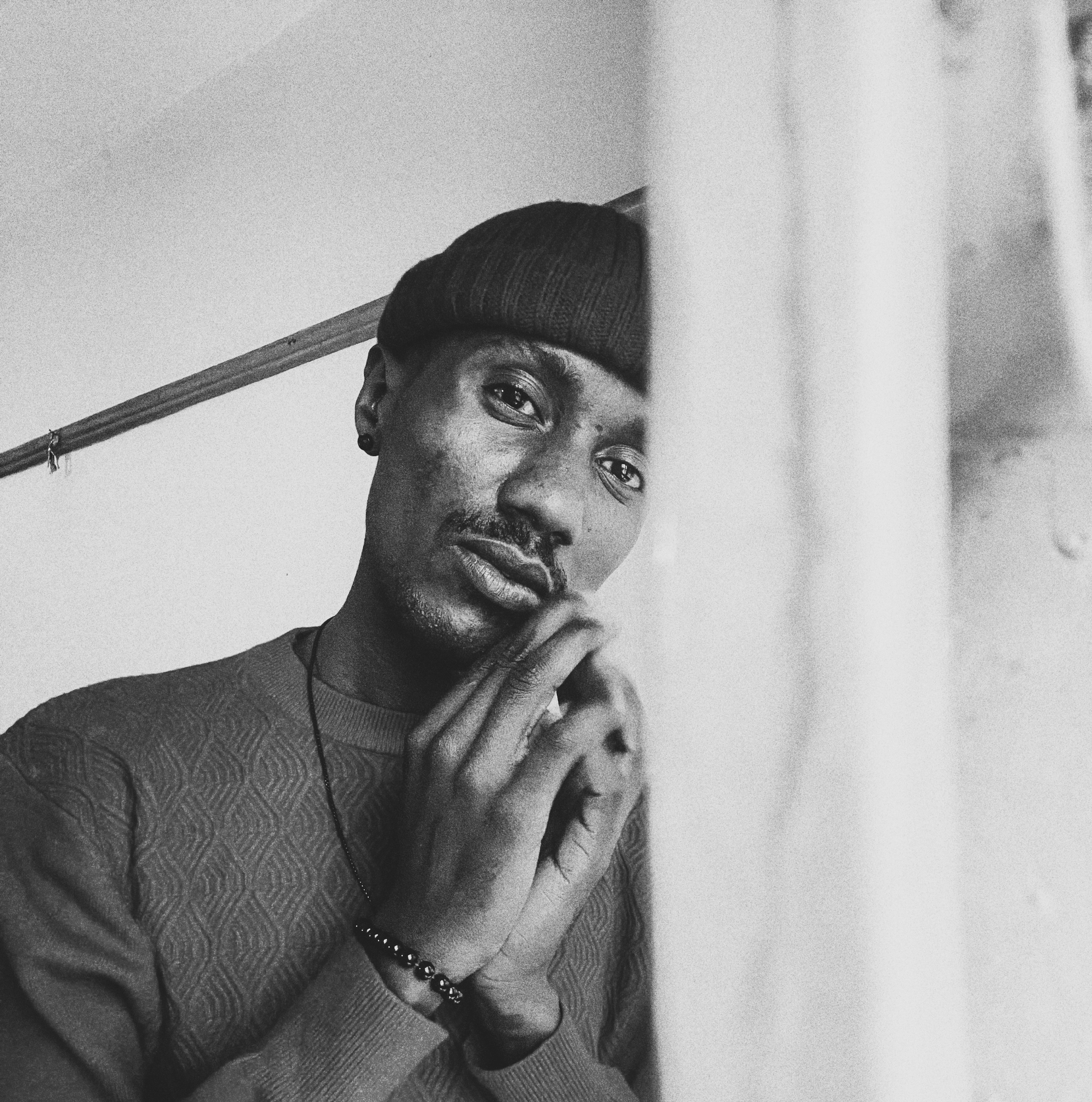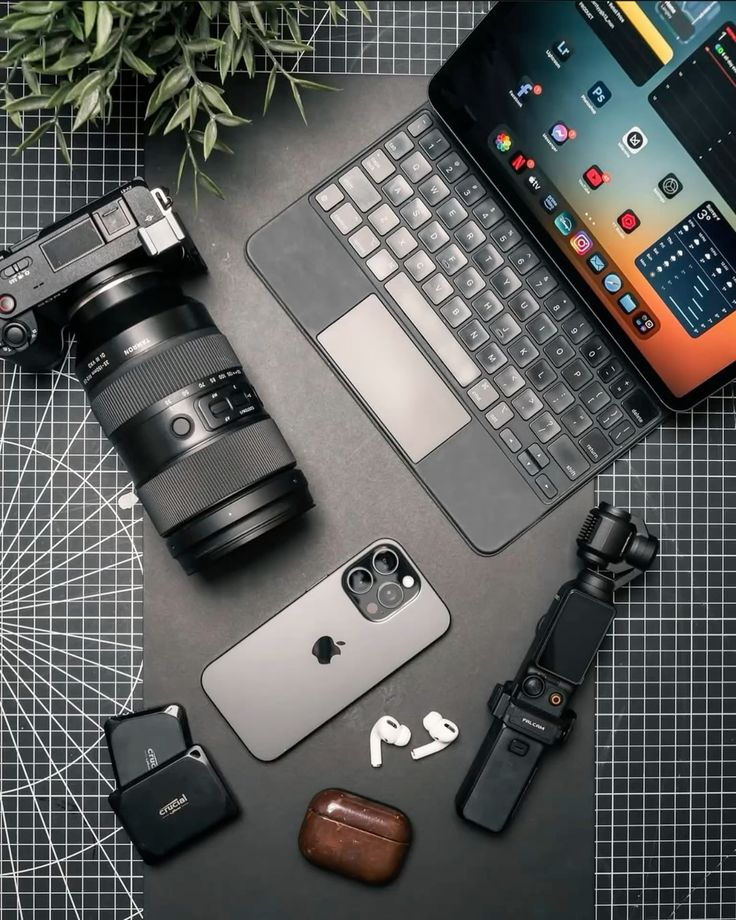In today's hyper-connected world, finding equilibrium between our digital and analog lives has become one of the greatest challenges of modern living. As someone who makes a living online while advocating for mindful technology use, I've spent years developing strategies to harness the power of digital tools without becoming enslaved by them.
The Always-On Dilemma
Our devices promise connection and convenience, but they often deliver distraction and dependency. The average person checks their phone 58 times a day, with 30% of those occurrences happening during work hours. This constant context-switching fragments our attention and diminishes our capacity for deep work.

What began as tools to enhance productivity have become sources of endless interruption. The ping of a notification triggers the same neural pathways as gambling machines, creating compulsive checking behaviors that undermine our focus and well-being.
"We shape our tools and thereafter our tools shape us." — Marshall McLuhan
My Digital Minimalism Framework
After years of experimentation, I've developed a three-tiered approach to digital balance that respects technology's value while protecting my attention and mental space:
1. Intentional Architecture
I treat my digital environment like my physical space—curated and clutter-free. This means:
- Single-purpose devices when possible (e.g., Kindle for reading)
- App folders organized by function, not frequency
- Home screen reserved for essential tools only
- Grayscale mode activated during work hours
2. Scheduled Connectivity
Rather than being always available, I batch my communication:
- Email checked 3x daily (morning, afternoon, evening)
- Social media limited to 30-minute windows
- Notifications disabled for all non-essential apps
- "Do Not Disturb" mode during creative work

3. Analog Anchors
I maintain daily rituals completely divorced from technology:
- Morning pages (longhand journaling)
- Physical books before bed
- Weekly digital sabbath (Saturday afternoons)
- Regular nature immersion without devices
The Results
Implementing this framework has led to measurable improvements in both my productivity and well-being:
- Creative output increased by 40%
- Sleep quality improved dramatically
- More meaningful connections with loved ones
- Renewed appreciation for slow, deep work
The goal isn't to reject technology, but to relate to it with intention. Our devices are incredible tools when we remain in the driver's seat. By establishing clear boundaries and practices, we can enjoy the benefits of the digital world without becoming casualties of it.




